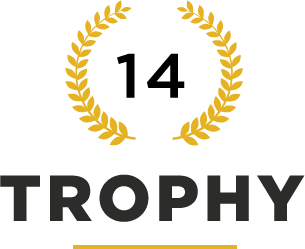
Stretching ( 2.part )
We bring you the second part of the blog, which focuses on stretching, its forms, advantages and disadvantages. In the first part we talked about what it means and why is stretching so important for athletes and their body. The first part was further focused on the first two basic forms in which we can practice stretching. We talked about static and dynamic training, how these forms look in reality and how can we apply them properly to our body. In this section we will focus on isometric stretching, PNF stretching and approach to the basic errors which athletes make while they stretch.
Isometric stretching
Isometric stretching is a third kind of stretching, which the athletes are using. This form of stretching is useful at the beginning of stretching. It serves the athletes for a partial warm up and to warm up the muscles. It is a kind of stretching method where you stand still but you are resisting an obstacle and then you release the pressure of your muscles. This is one of the effective methods for developing flexibility. However, it’s not recommended to stretch each part of the body more than once a day. This form is also suitable after the training.
PNF Stretching
The name PNF stretching is maybe unfamiliar concept for most of you but this type of stretching is one of the most efficient and fastest in the issues of flexibility and muscle development. This type of stretching should be called hybrid, which is a result from static and dynamic forms of stretching.
The principle functions are as follows: muscle tension – relaxation – stretching
• a) muscle contraction – tension against the resistance movement against the direction of the muscle function (10-15 seconds). Tension is constant throughout the period (isometric). This creates the heat in muscle and it has a better ability to relax and then stretch.
• b) muscle relaxation – release immediately after the contraction; it must be conscious and maximal (3-6 seconds)
• c) extension, stretching the muscle – in the direction of the main function of the muscle. Maximum thrust (in maximum position) hold for about 20 seconds. It leads to irritation and muscle contractile receptors.
Increased movement 10-20%, and lasts about 90 minutes. Each exercise is repeated 3 times. Adequate and proper practicing of stretching exercises leads to shortening of the muscle which is slowly extending. Range of motion is improved at least for 24 hours.
Basic mistakes
Many athletes still think about the idea that the muscles need to be stretched out properly before every sport performance. Well, this is not true; any form of stretching exercises is inappropriate before fast exercise, it even can be dangerous. The large number of various studies has shown that static stretching reduces muscle strength up to 5% – 30%. The only form of stretching that is appropriate before the training is dynamic stretching.
Conclusion
At the end of this two-part blog which was focused on stretching is important to once again remind you that stretching was, is and will be an essential part of every single athlete. We talked about the proper use of different forms of stretching and in which training phases it is better to avoid it. Never underestimate stretching mainly after a workout, your muscles will thank you.




